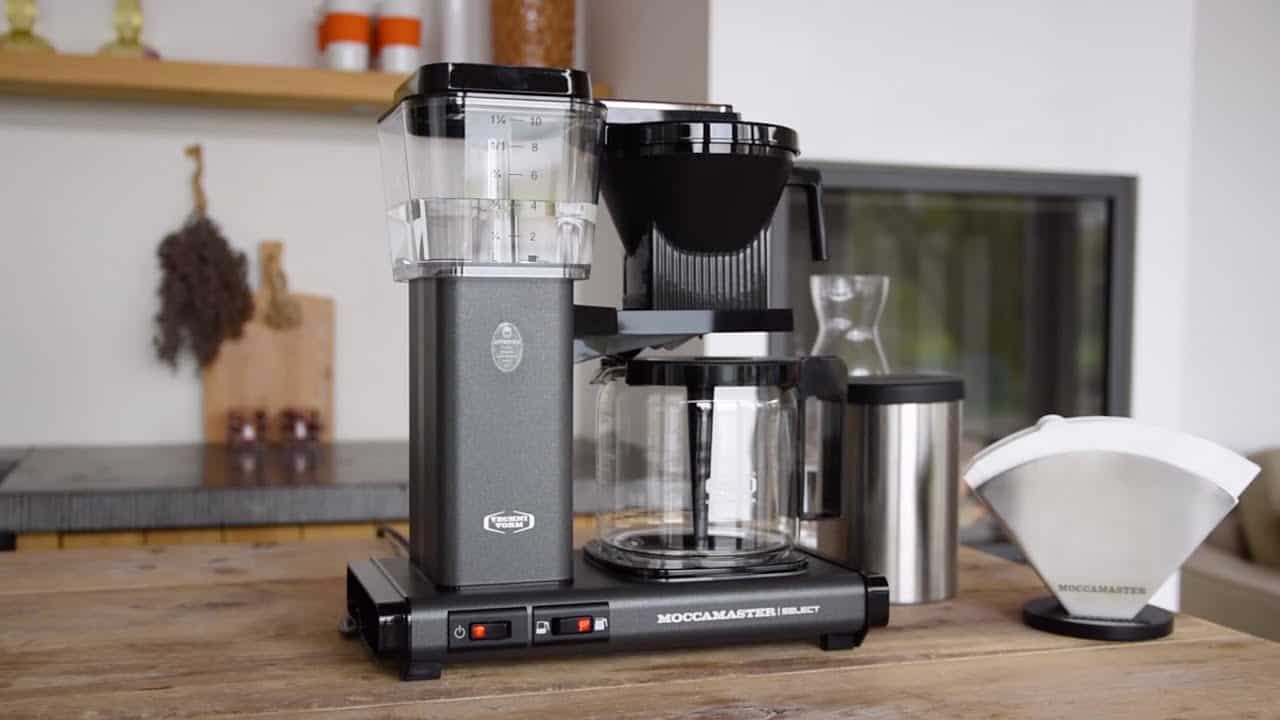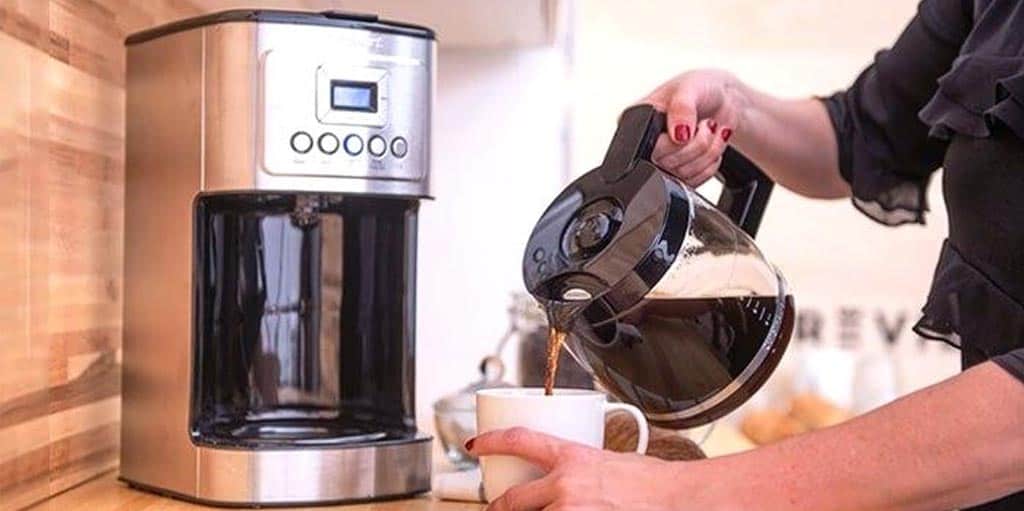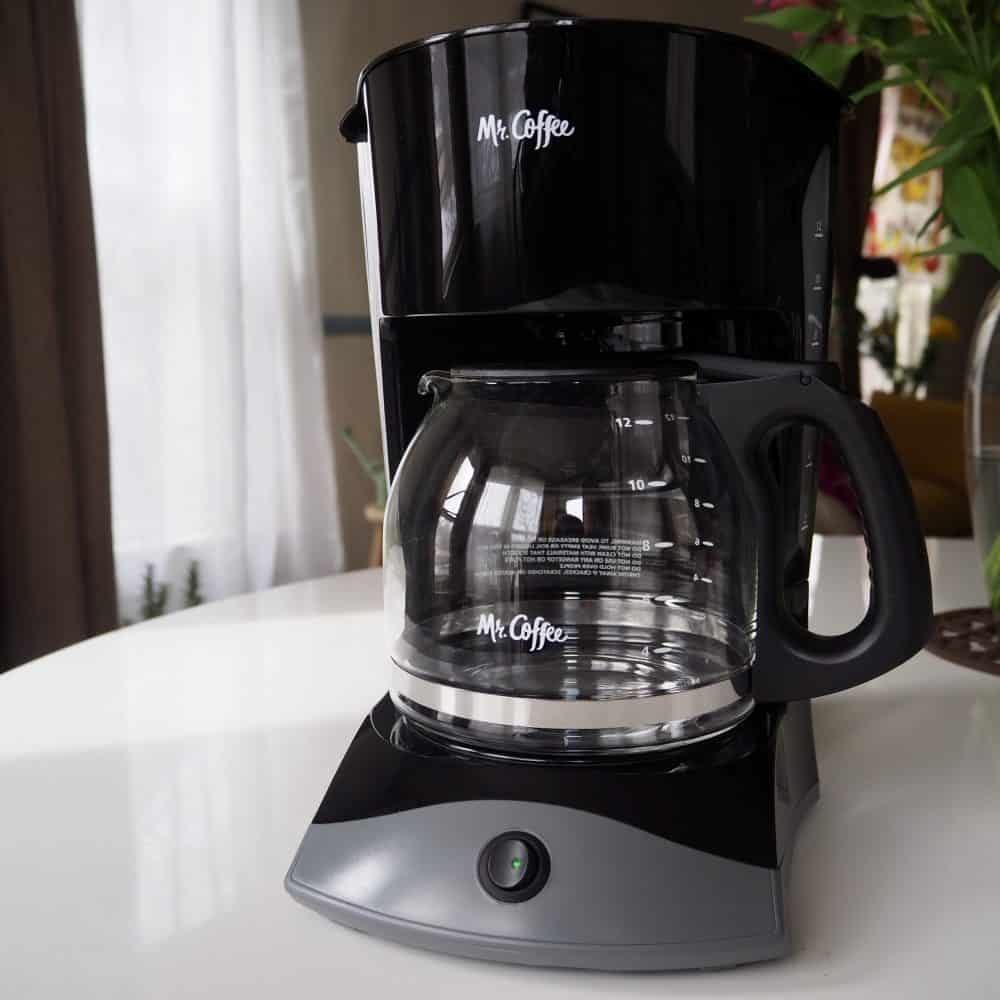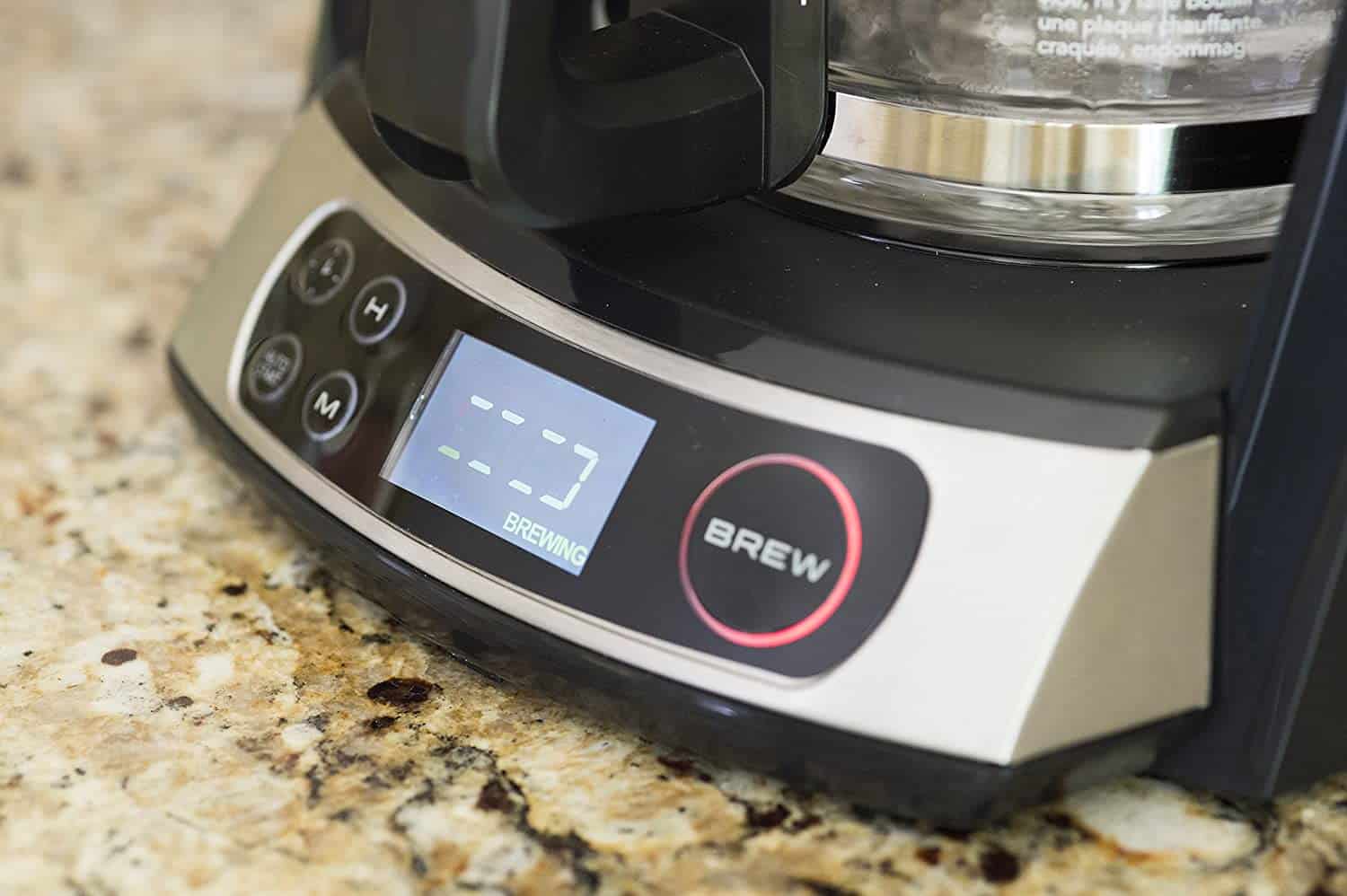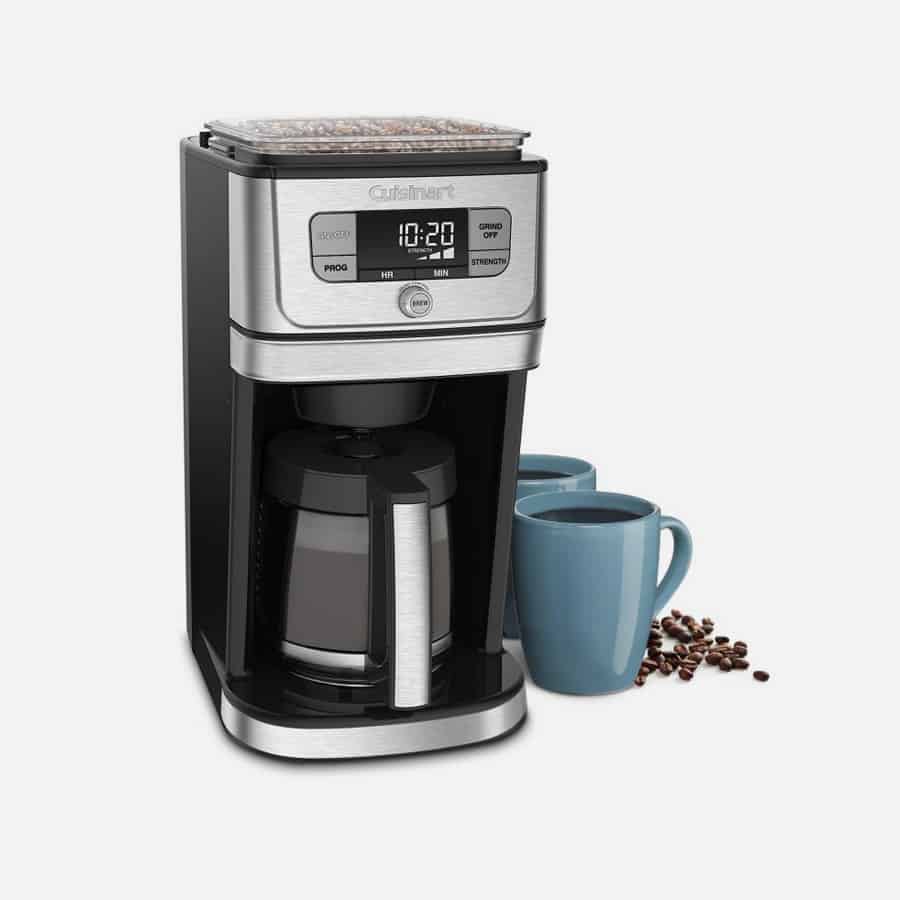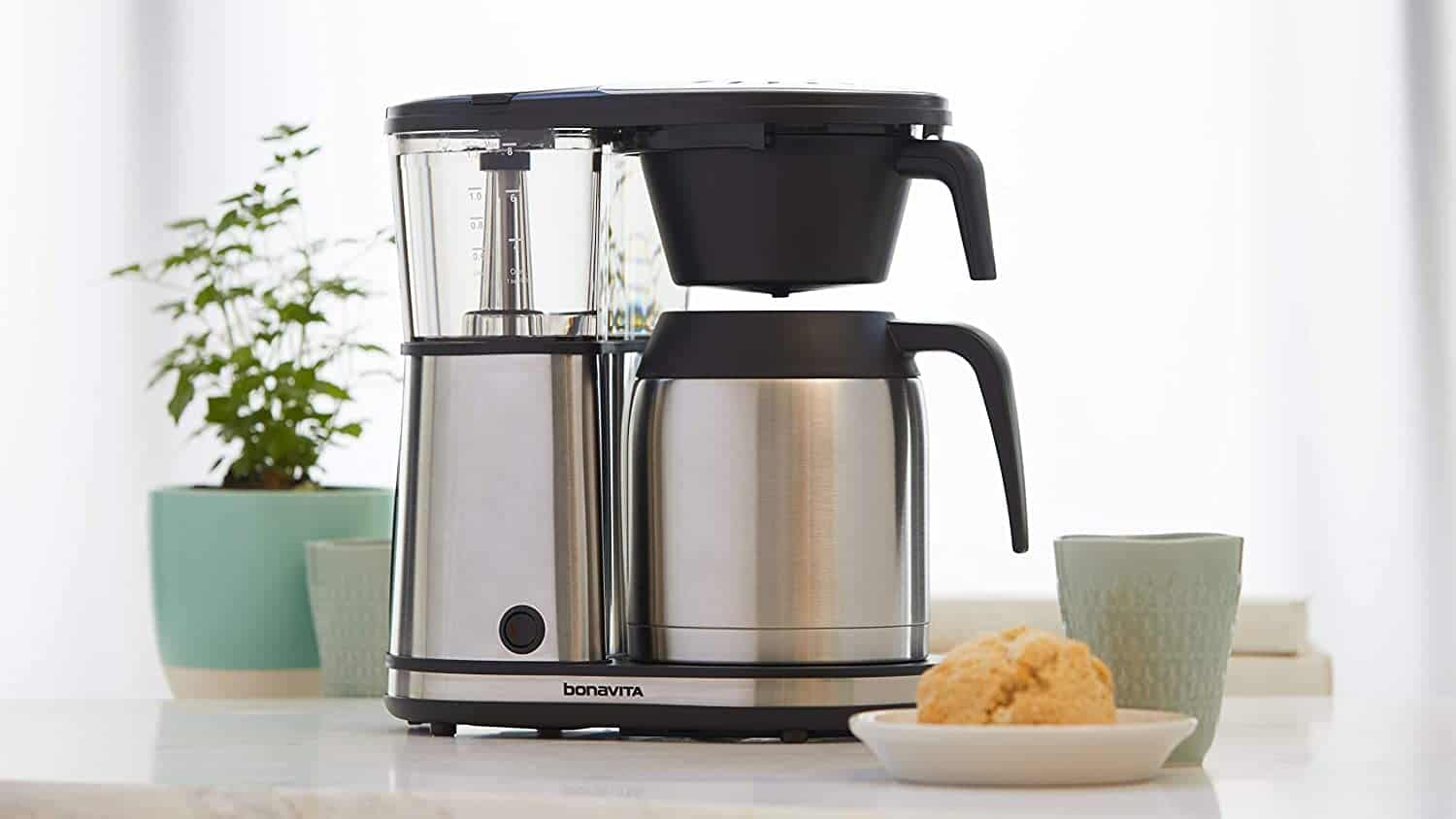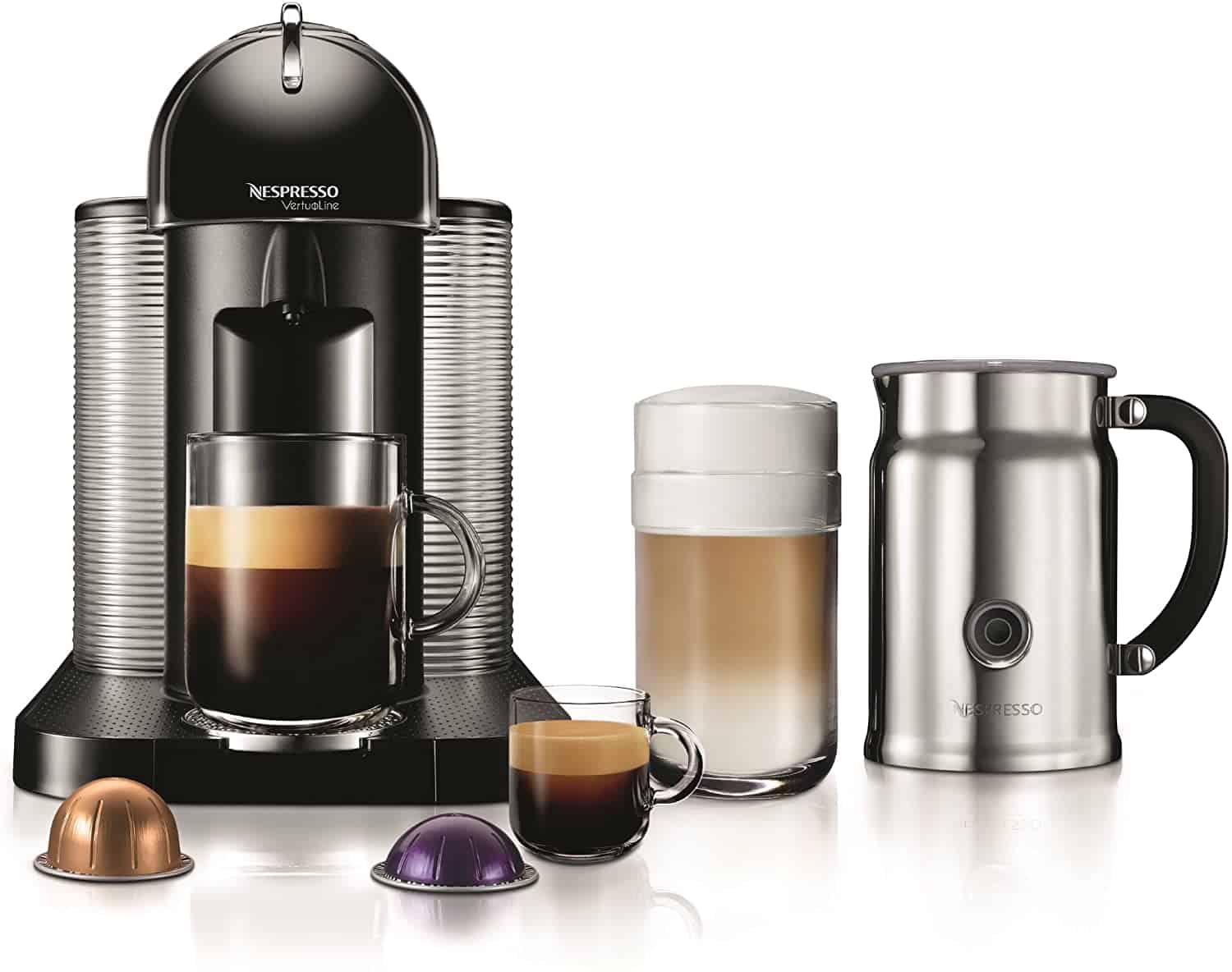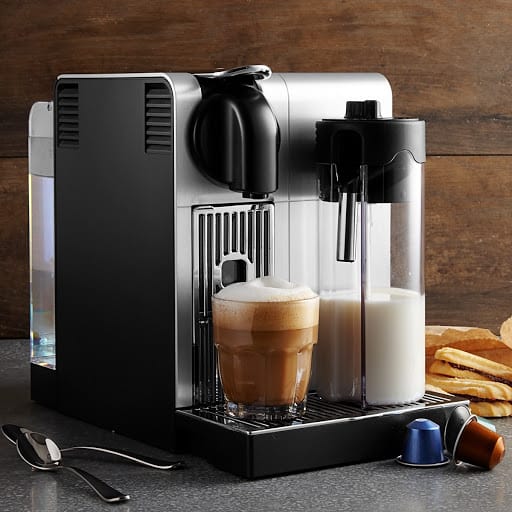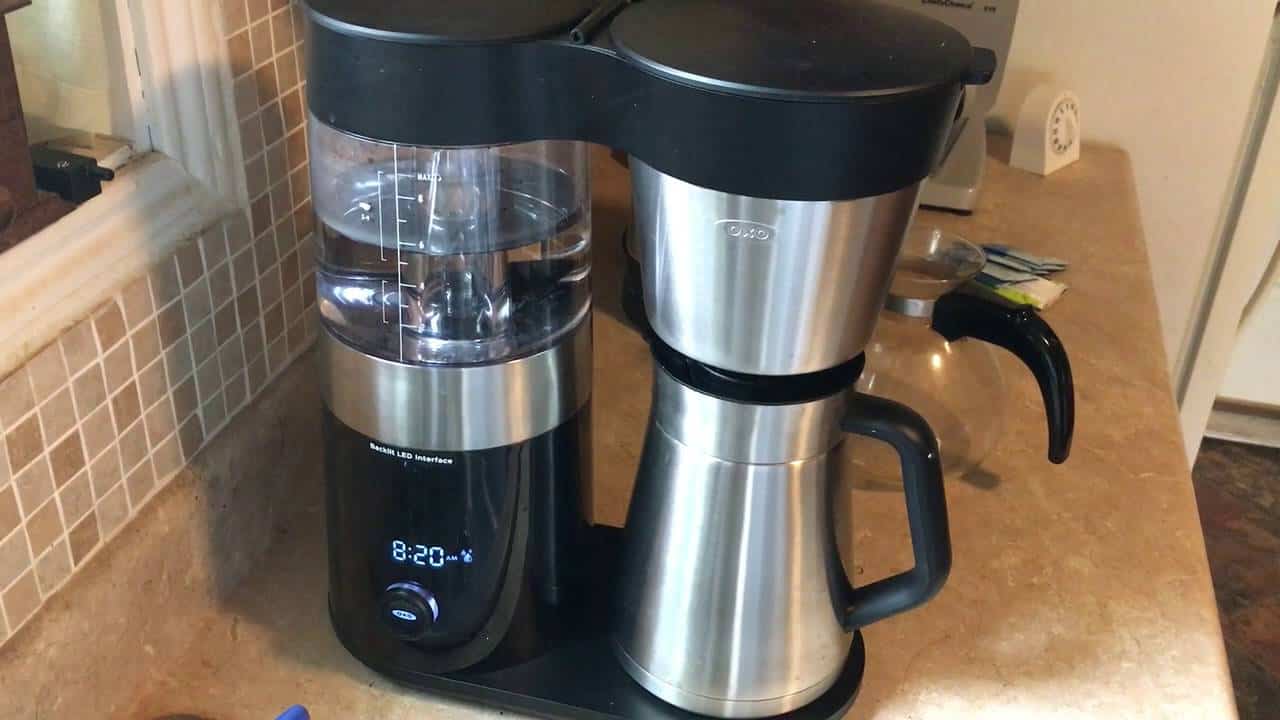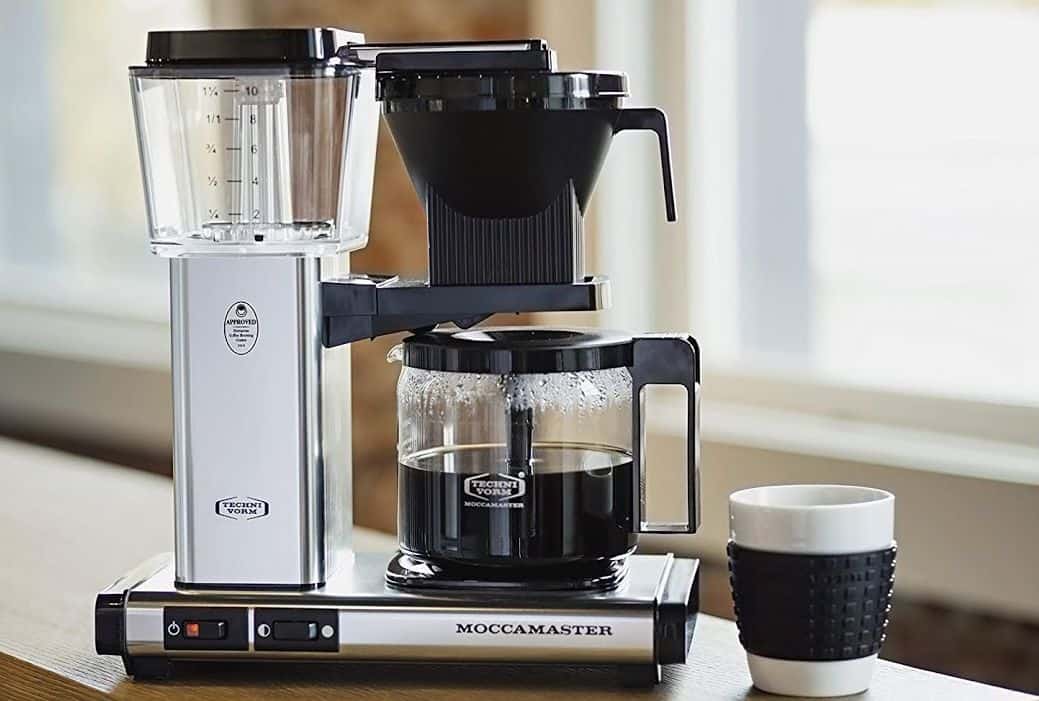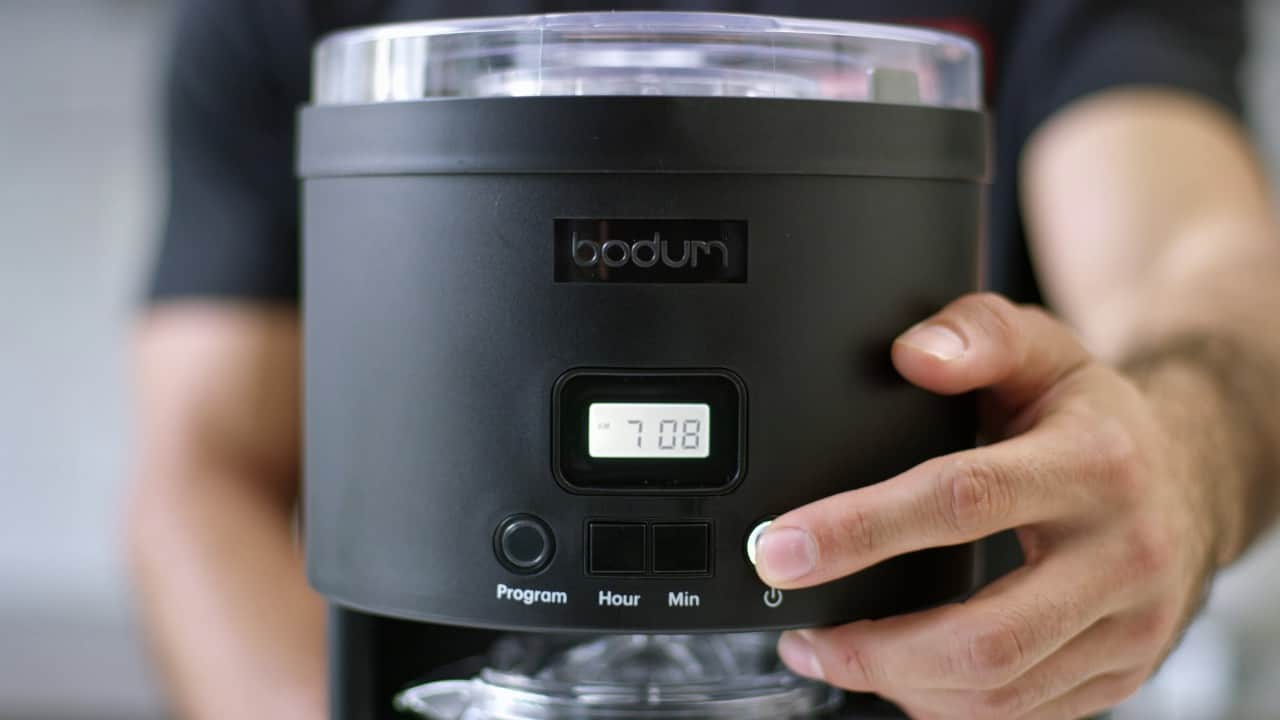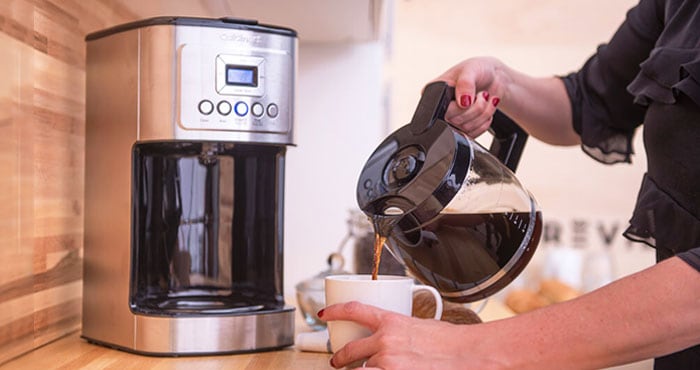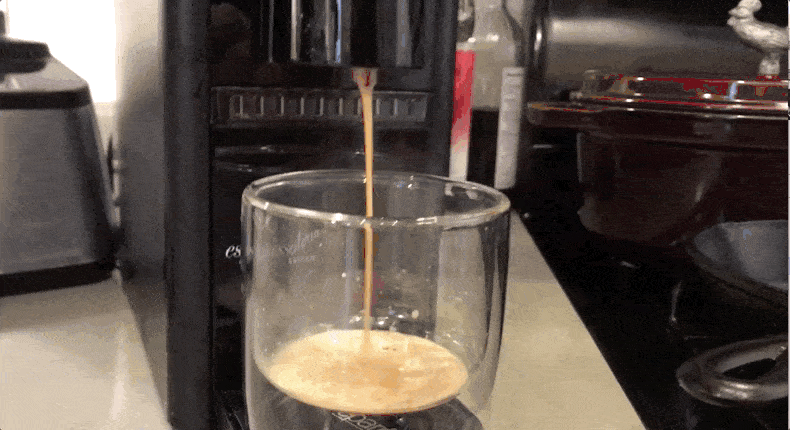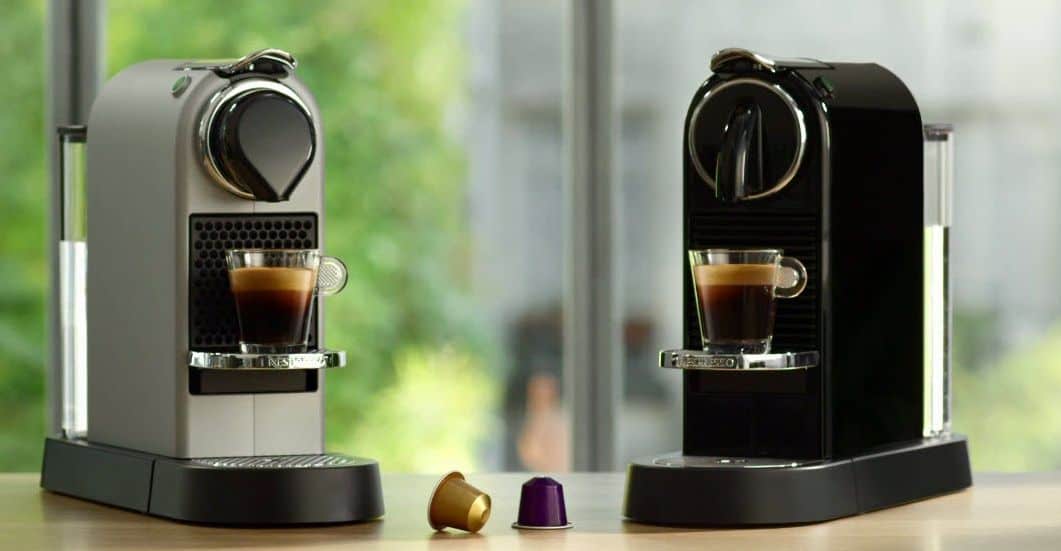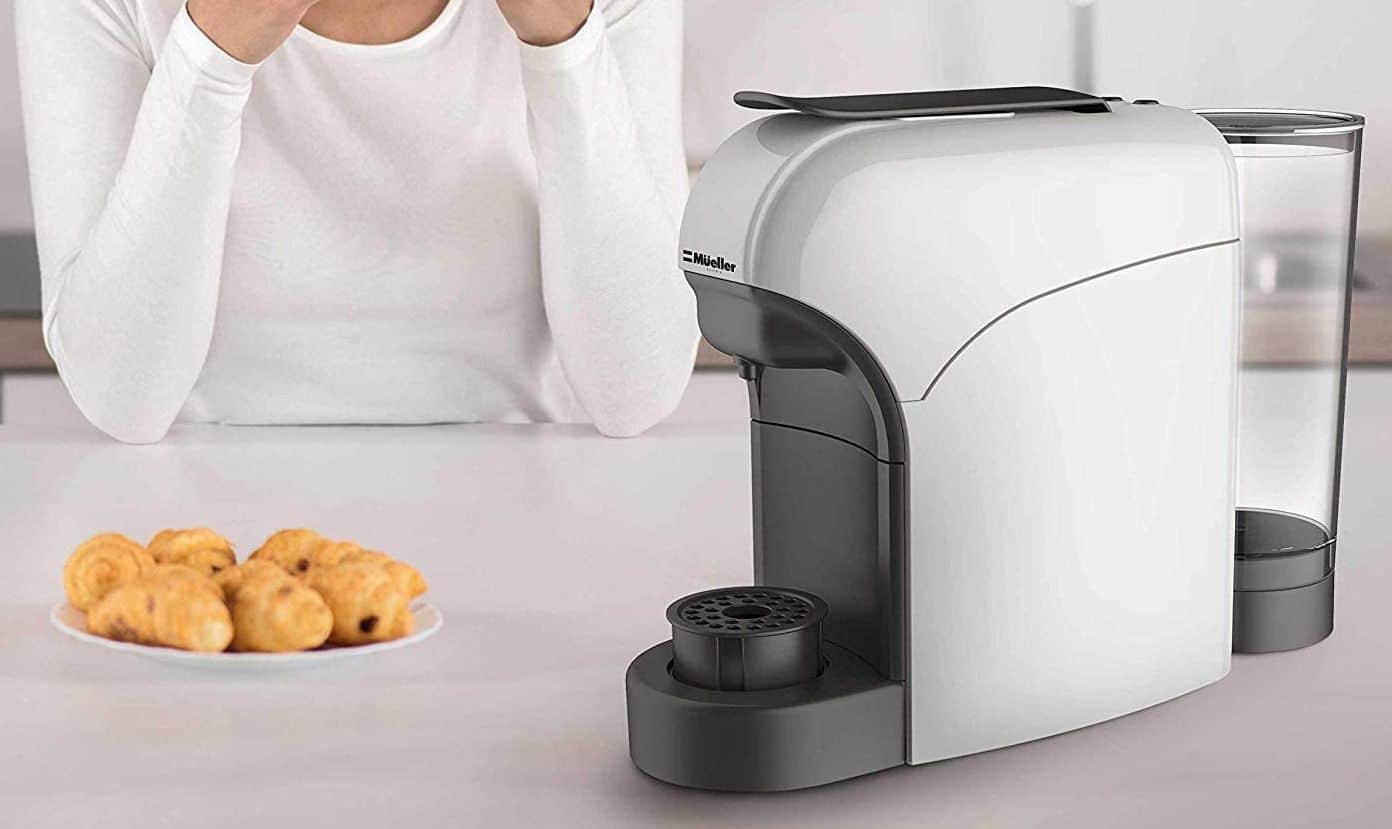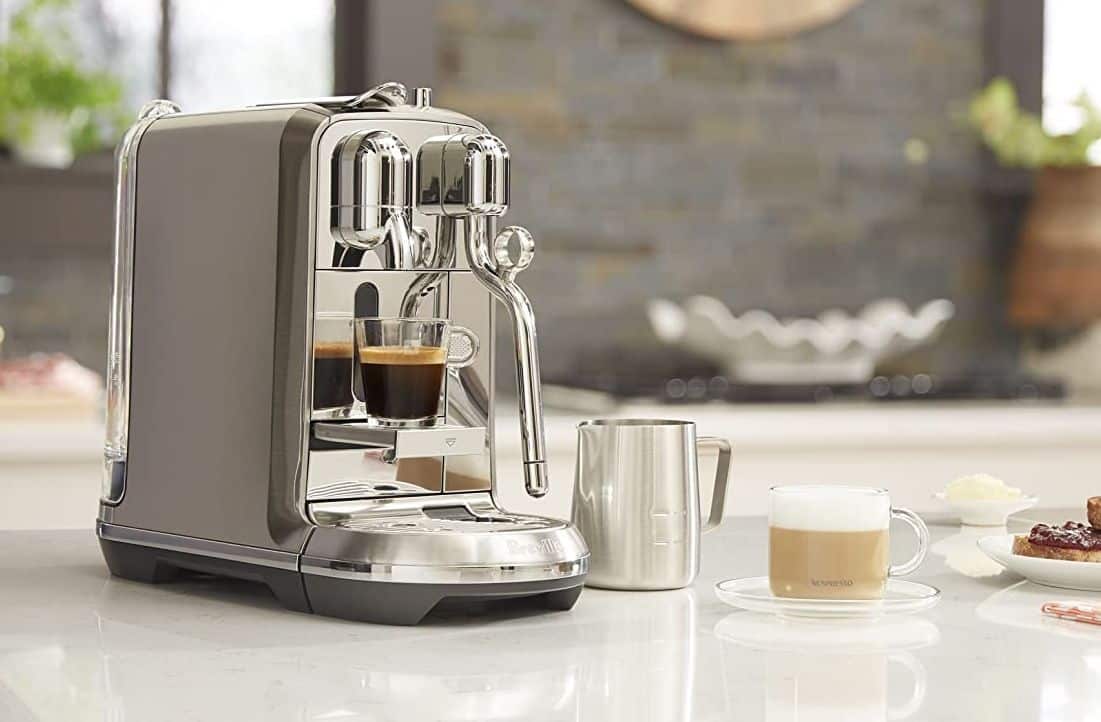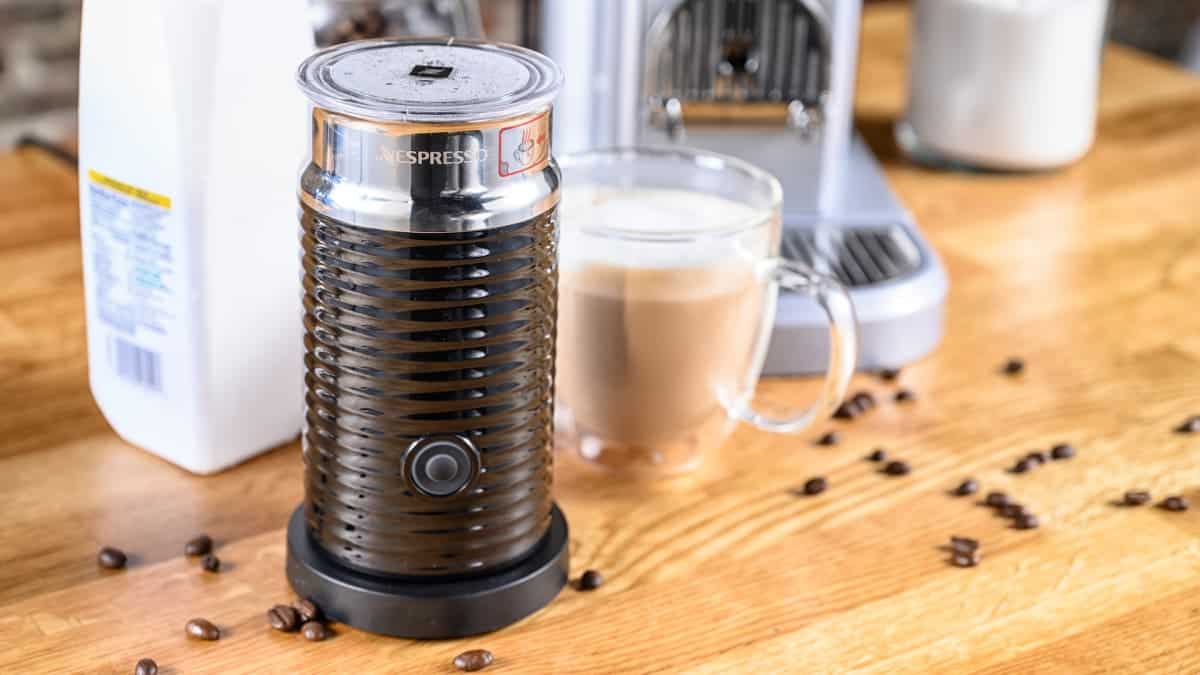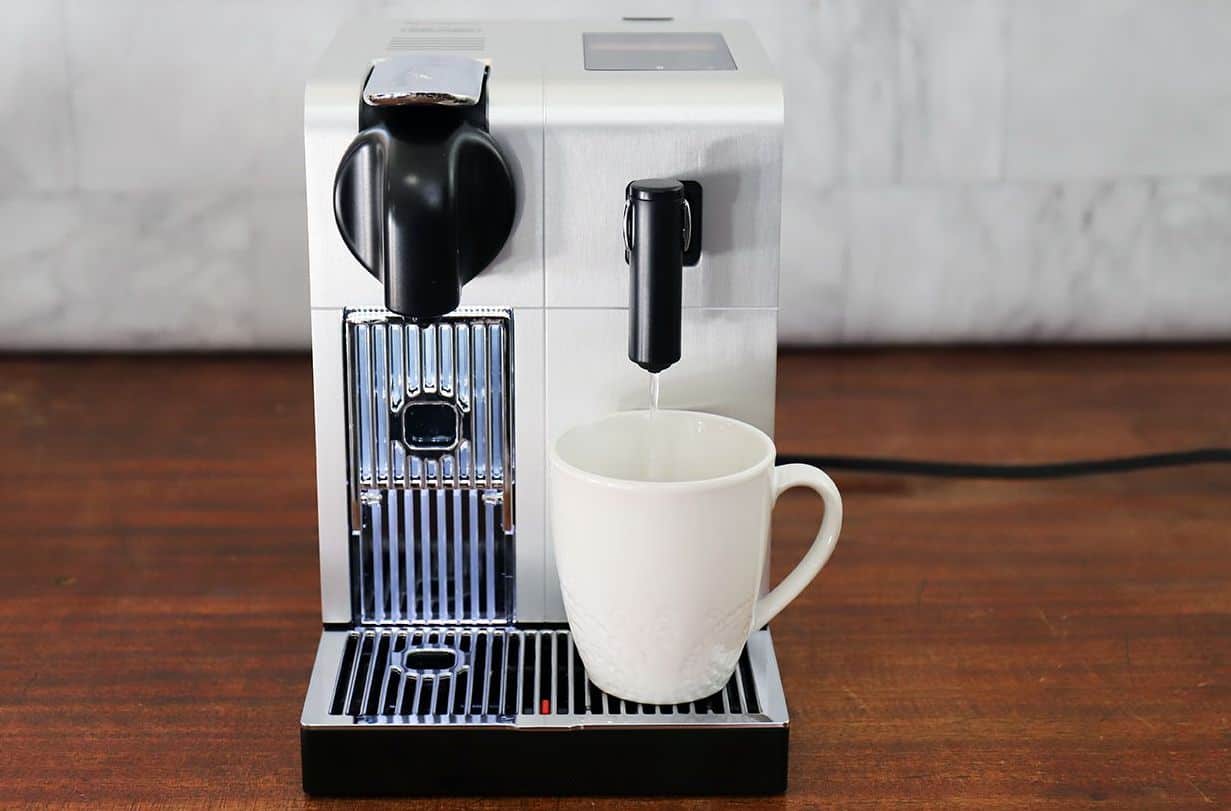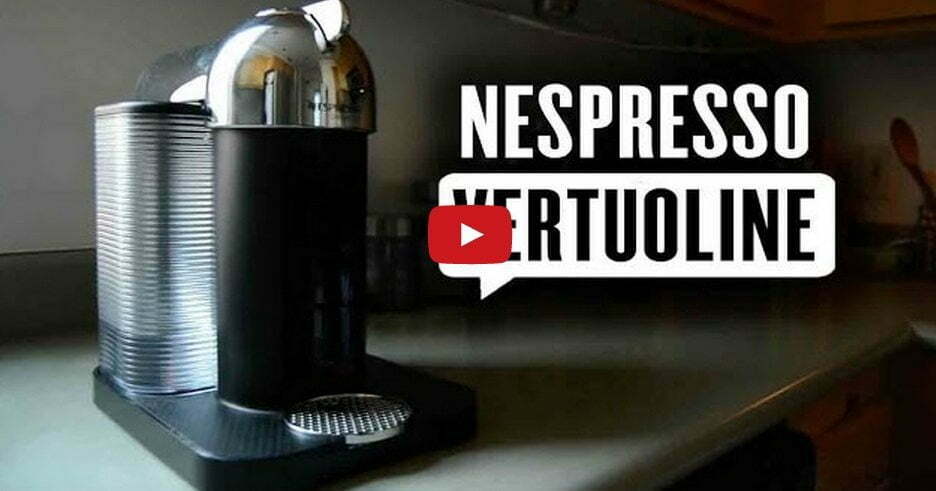The traditional coffee maker vs electric kettle debate frequently comes down to preference. Most of the time, coffee drinkers who prefer quick and easy preparation for their morning cup of joe prefer the best coffee maker or the recently released pod coffee makers, depending on whether they want one cup of coffee or more at a time.
KEY TAKEAWAYS:
- You may find a coffee maker easier to use when making a cup of coffee compared to an electric kettle.
- Many use kettles primarily for making tea, but they can also make pour-over coffee.
- Kettles and traditional coffee makers feature about the same level of energy-efficient preparations, but you save some time using the drip maker.
Meanwhile, tea connoisseurs elect for the electric kettle or the conventional stovetop kettle. However, fans of pour-over coffee bridge the gap here, potentially using a kettle and avoiding the additional prices of a coffee maker. You may be interested in learning the differences between a coffee maker vs pod coffee.
Differences Between Coffee Machines and Electric Kettles
Coffee makers and electric kettles both heat water to distill flavors from beans or teabags. However, these two devices use heat and water in different ways. In the end, the two differ greatly in ease of use, energy efficiency, and coffee products. These characteristics rely on the standard drip machine compared to a tea kettle for pour-over coffee in their kitchen. For other differences, check out the difference between a coffee maker with a thermal carafe vs glass.
Insider Tip
If you want coffee first thing in the morning, you can set the timer for your drip coffee maker.
Heating and Using Water
Coffee makers traditionally use a drip method of preparing their java, and this preparation requires heated water. So first, the machine heats its water from a reservoir, and then it passes through coffee grounds. The carafe collects this liquid, allowing you to take your cups of coffee with minimal effort. Meanwhile, an electric kettle prepares steaming hot water contained in the main compartment of the kettle. Once the water is done, you may pour it over a tea bag or other distiller, providing an efficient tea-making methodology.
Pour Over Coffee
You may use a kettle if you enjoy pour-over coffee, which provides more control over the water and, in turn, the coffee itself. The method for this preparation involves heating water in a separate device, such as a standard or electric kettle. This option requires more time than the one for drip coffee. The hot water reaches the exact temperatures desired and passes through finely-ground coffee beans slowly. You have more control over where the coffee goes and how. As a result, you can saturate the grounds more evenly because drip coffee primarily passes through the center of the beans.
Ease of Use
You may program your coffee maker the night before and have the machine do the work for you, at least compared to the pour-over coffee brewing process. Your main requirement stems from adding the water and grounds and setting the timer. If you want to make coffee during the day, you follow the same brewing process sans timer. However, preparing coffee using a tea kettle requires you to take the time to steadily pass water through the grounds after the liquid reaches the preset temperature settings, taking more of your time.
Energy Efficient Coffee with Minimal Waste
The average drip coffee machine takes about 20-27 Watt-hours for one cup of coffee, with an electric kettle-assisted pour-over coffee taking slightly more power. However, pour-over coffee using an electric kettle reduces the single-use disposable items if you opt for a mesh filter instead of a disposable one. Additionally, electric kettles are much easier to clean than a drip coffee maker, reducing the work for you when sanitizing.
Warning
Some people prefer the taste of pour-over coffee to drip coffee, but it does require more effort and time on your part.
F.A.Q.S
Do coffee makers use a lot of electricity?
Coffee makers use energy based on the size of the pot of coffee they make, though pod coffee makers use slightly more than a traditional drip model. On average, a small drip coffee maker uses 550-900 watts of power.
What’s the difference between pour-over and drip coffee?
Pour-over coffee requires more effort than drip coffee, but you have more control over how the water passes through the grounds. You also have control over the ratio of water to coffee and how much you make with pour-over preparations.
What is a percolator?
A percolator cycles the boiling brew through the coffee grounds continually. These machines were popular before the automatic coffee makers we use now, and they were susceptible to over-extraction.
STAT: It takes about 20-27 Wh (Watt hours) for a standard 8 ounce cup. (source)

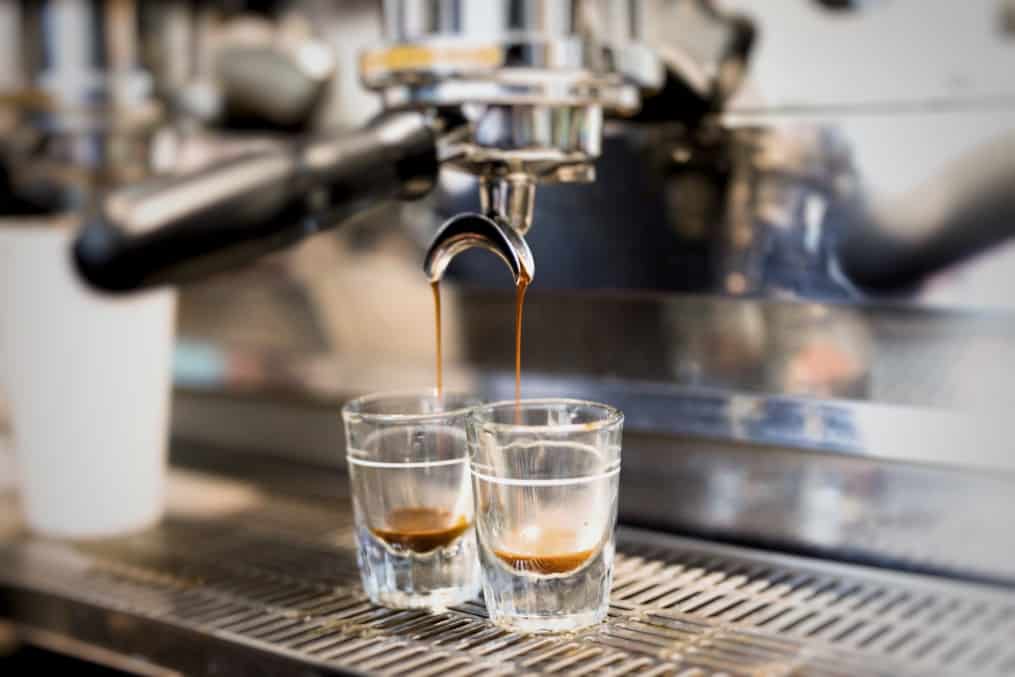













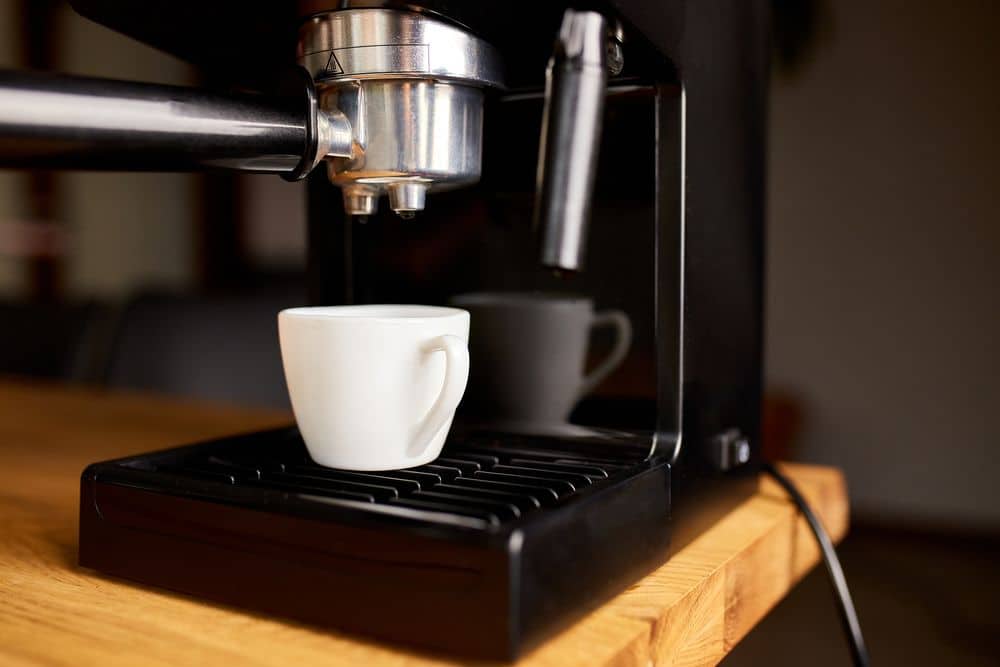
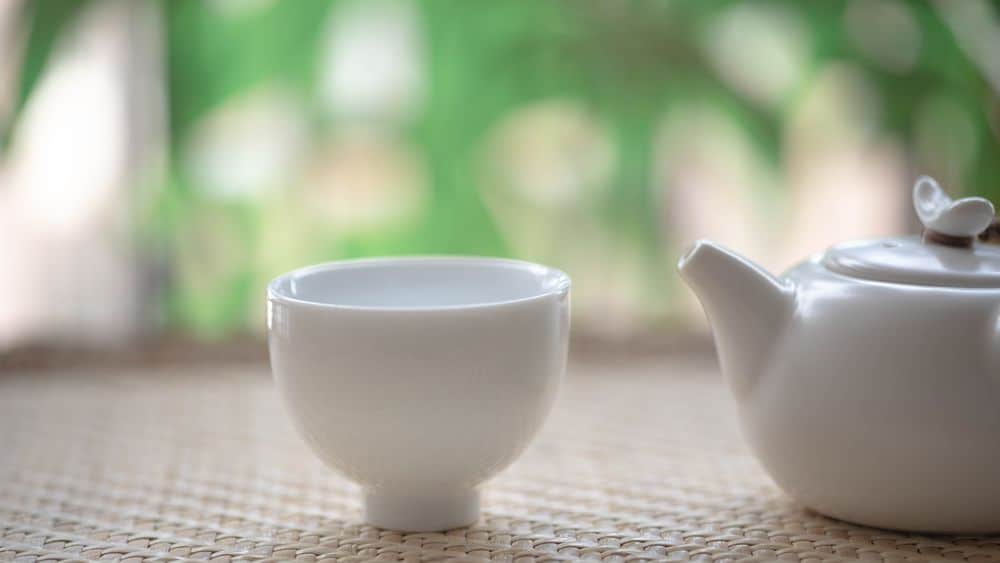
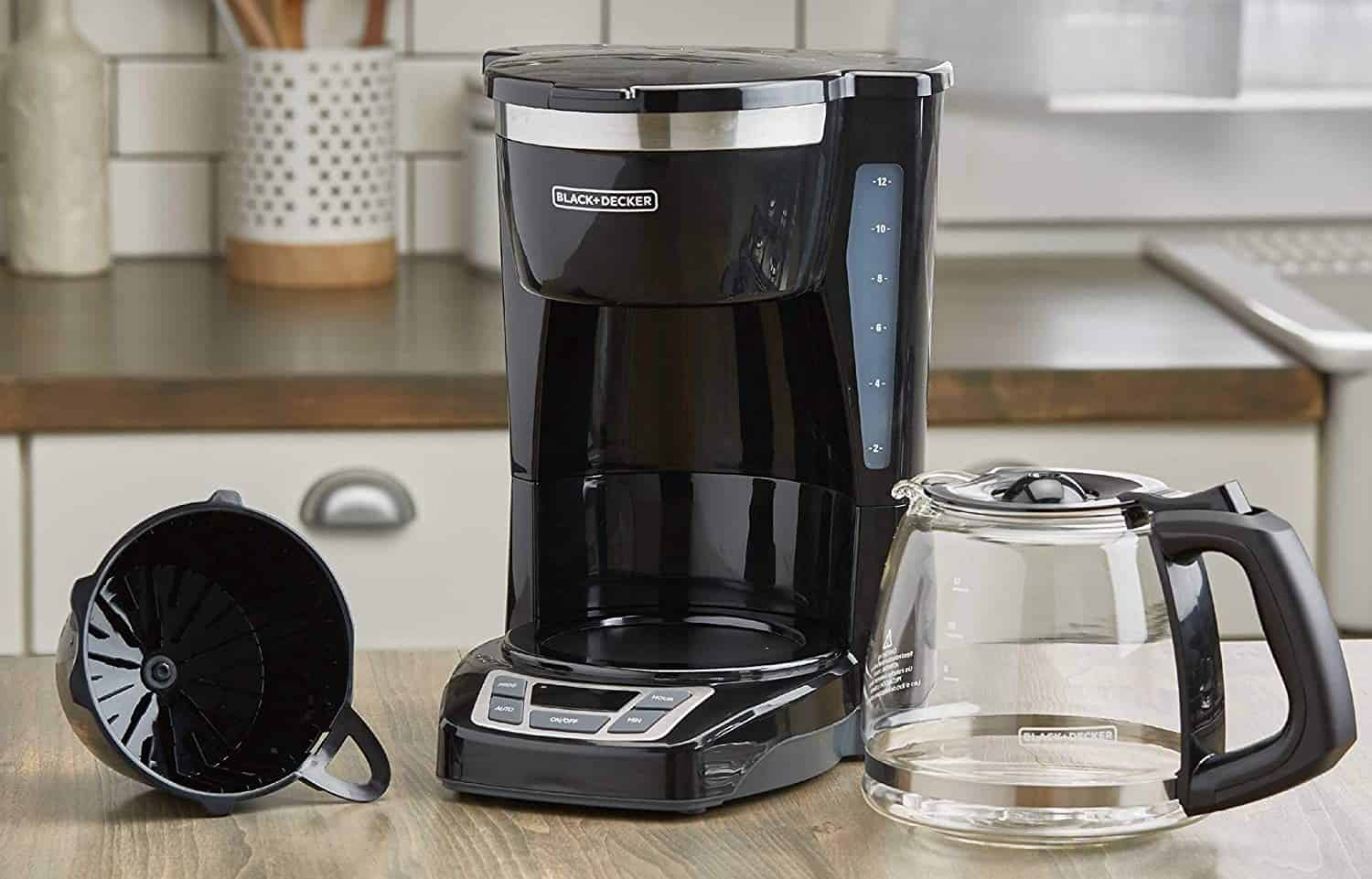
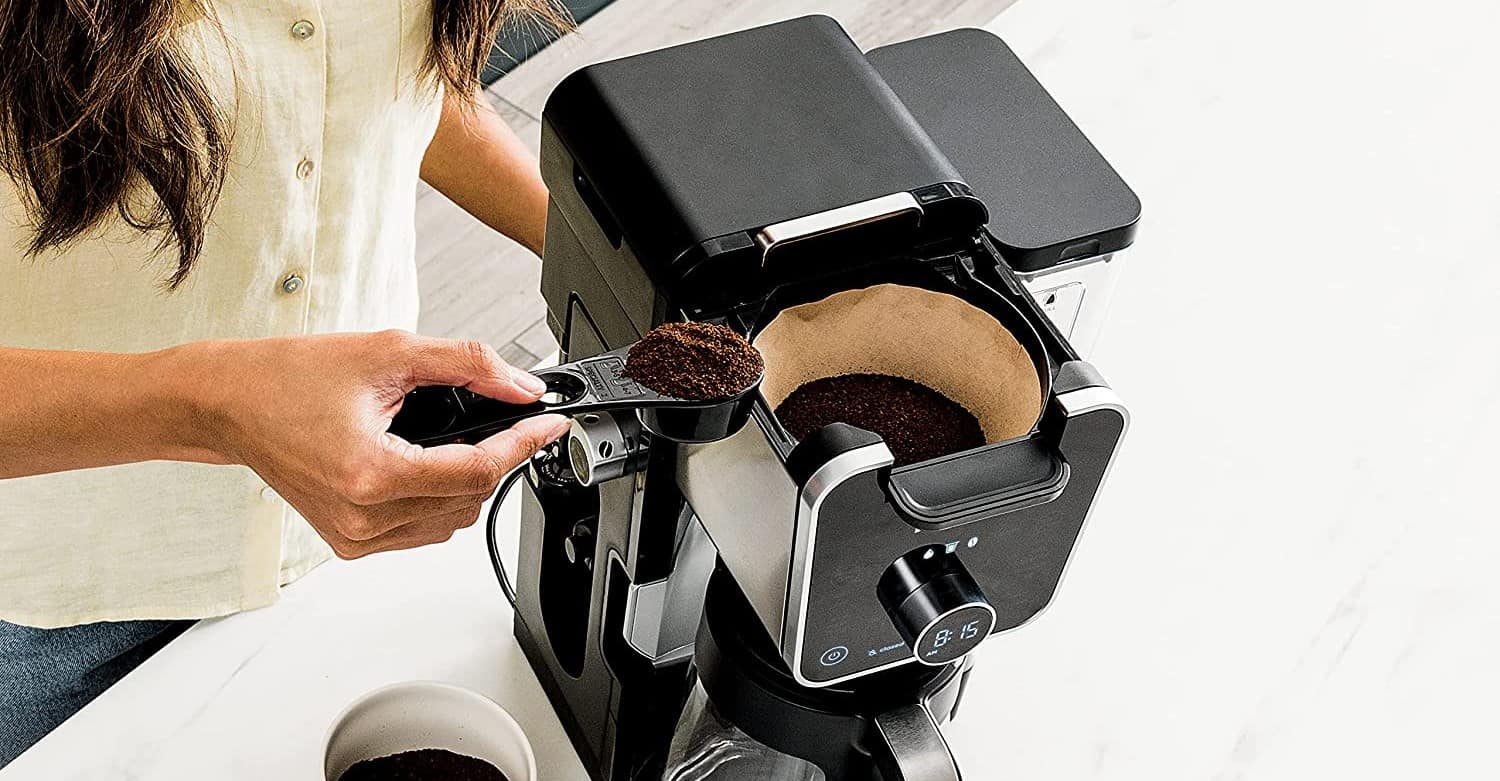
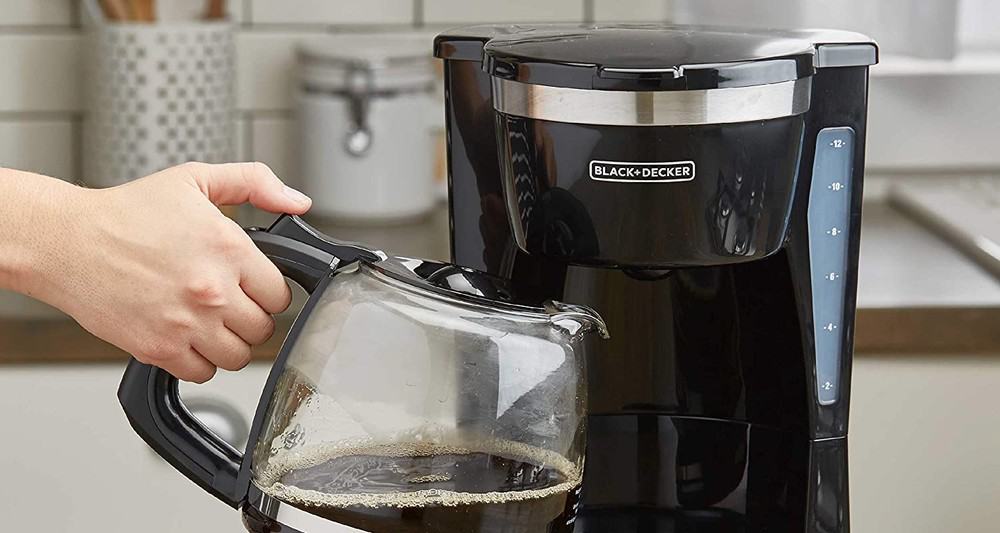
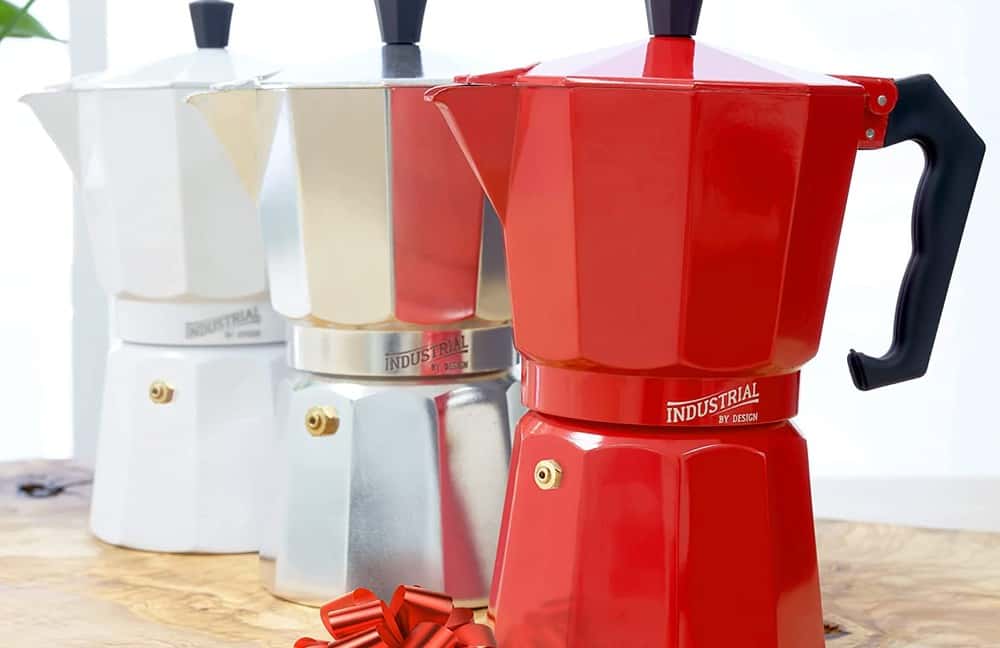
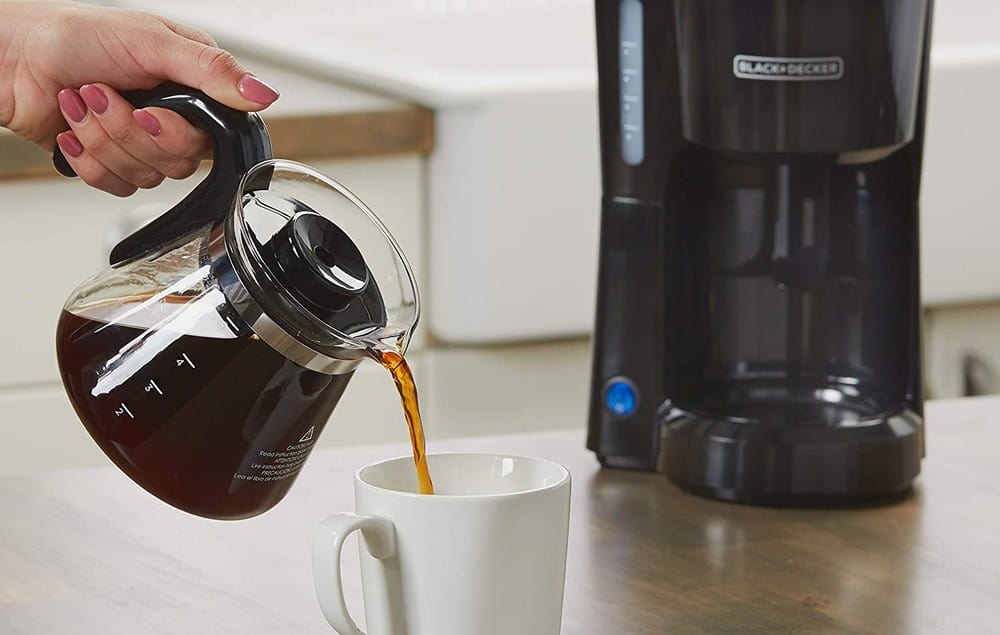
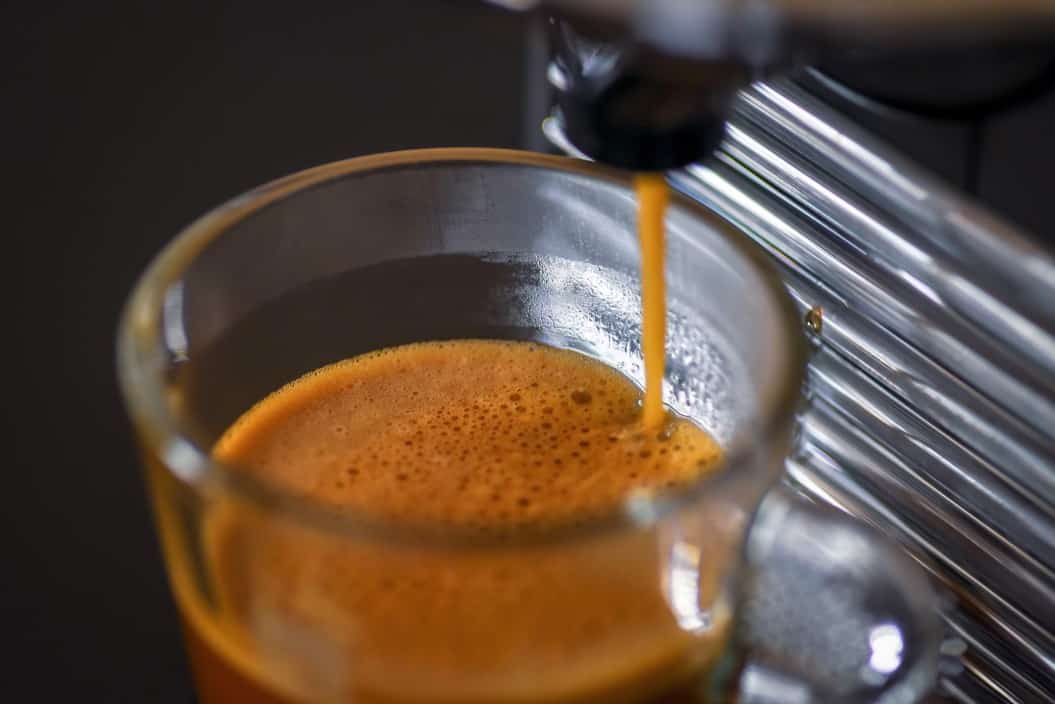
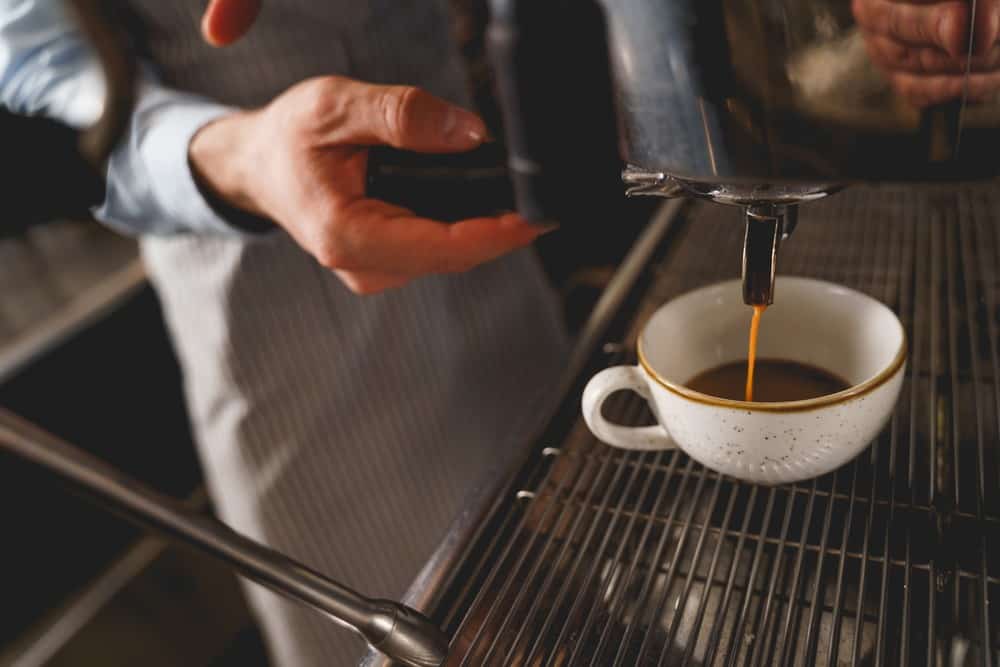
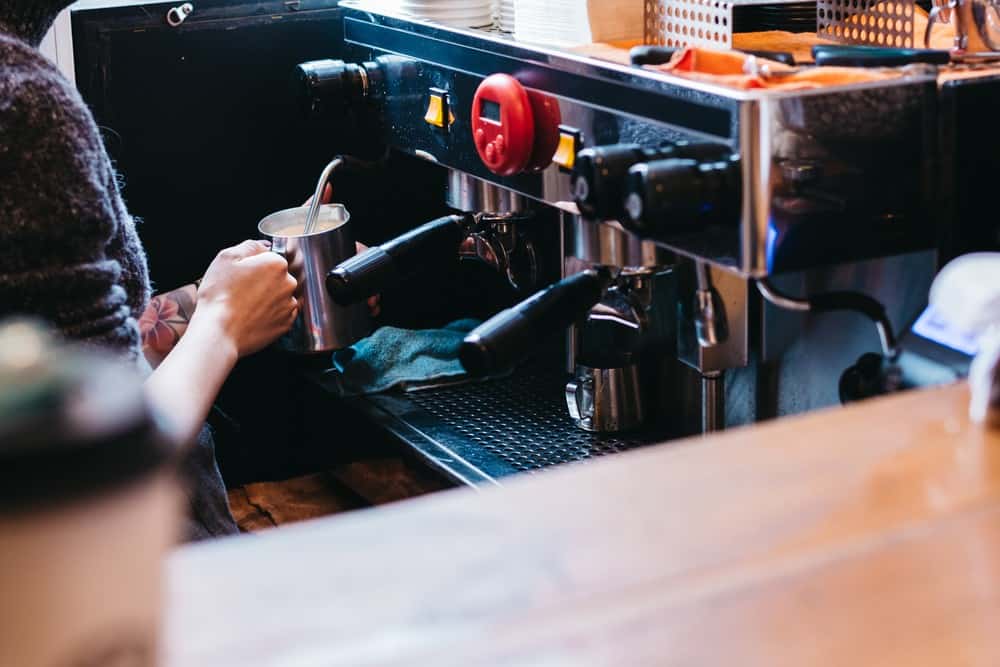
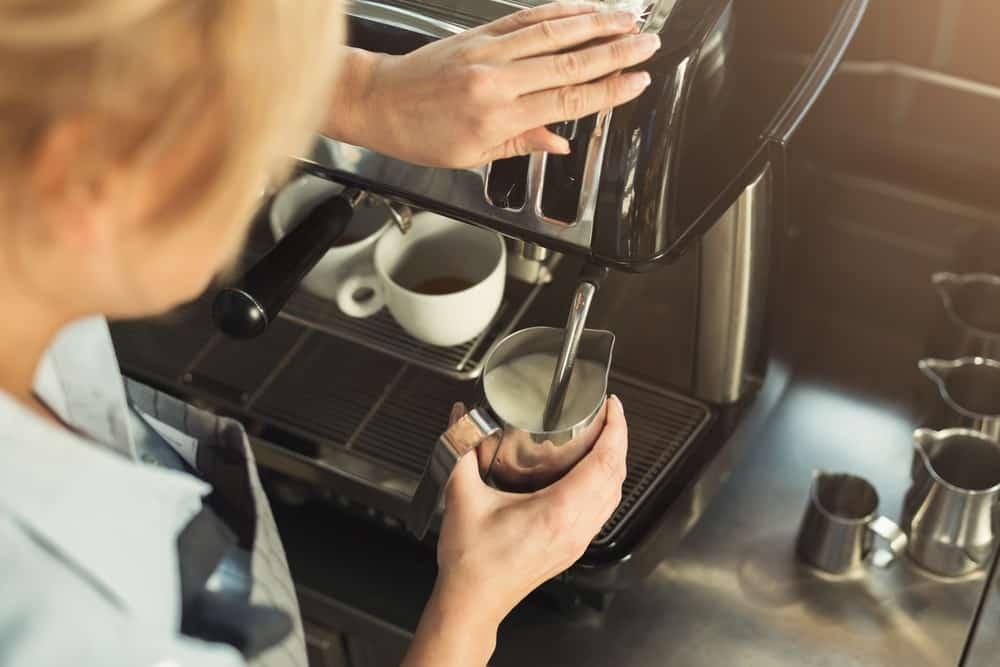
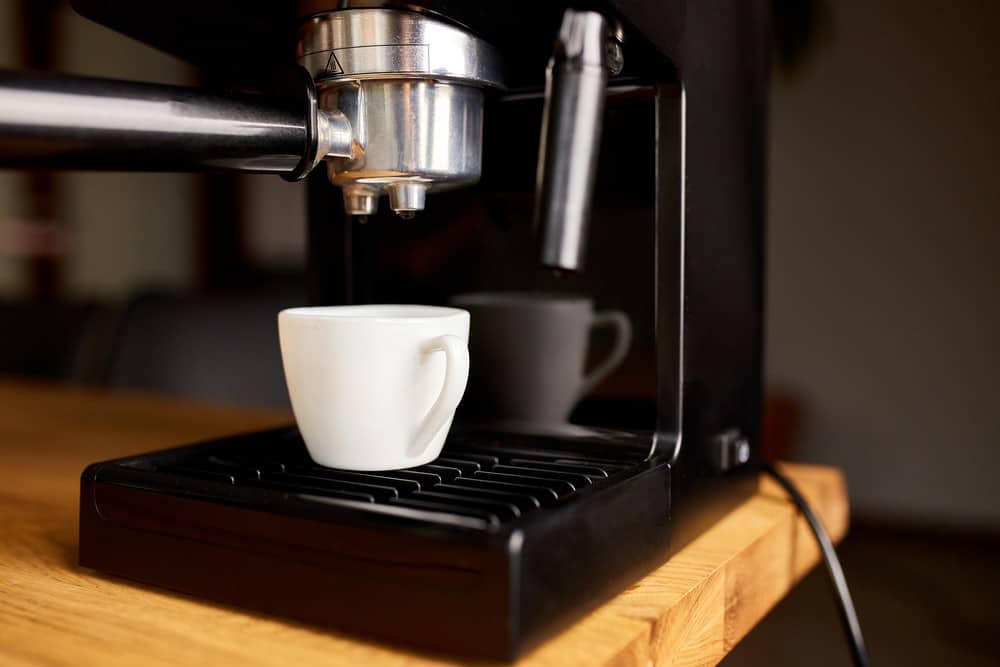
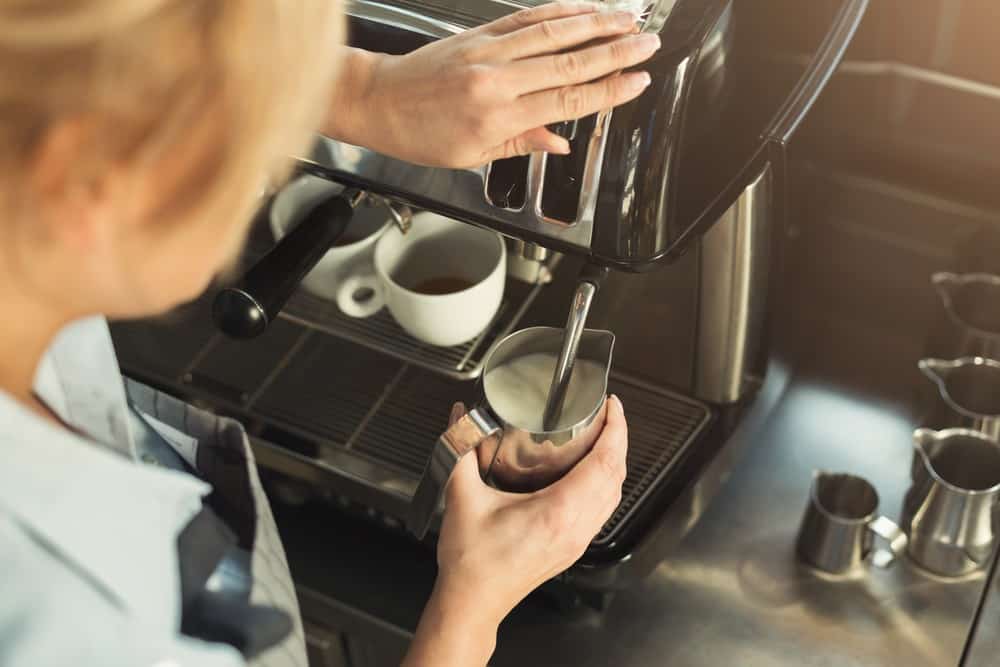
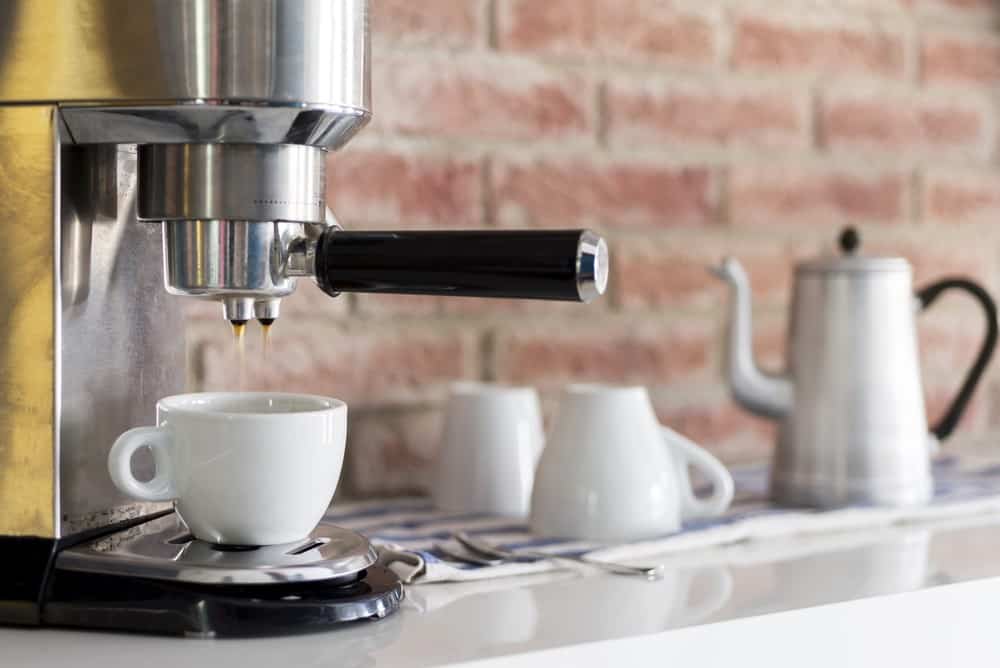
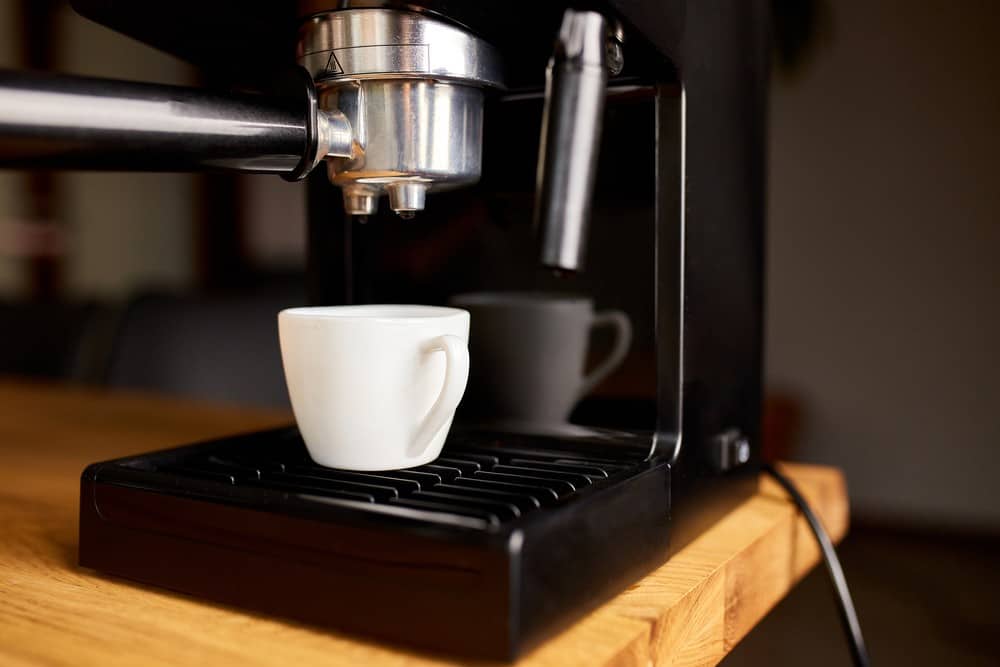
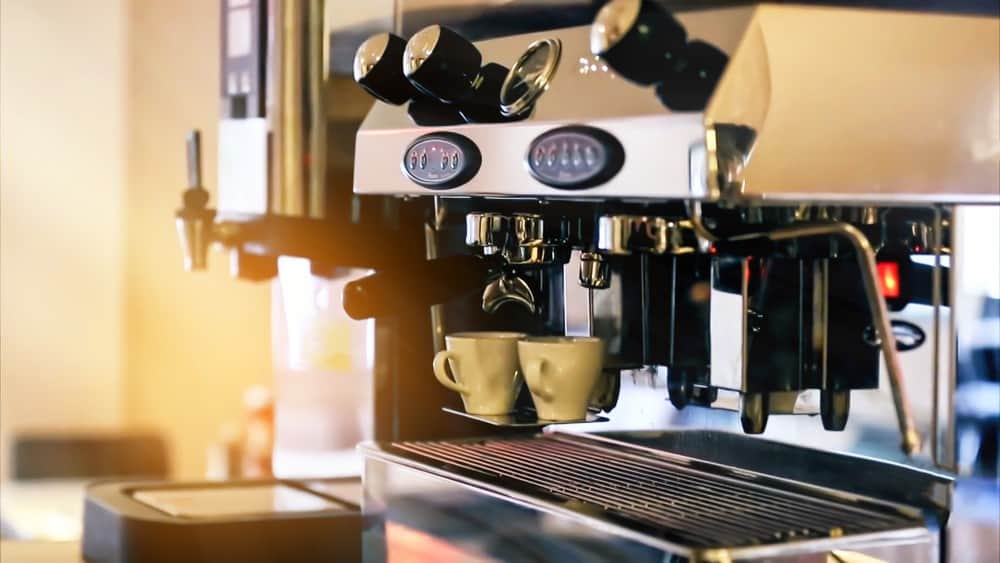
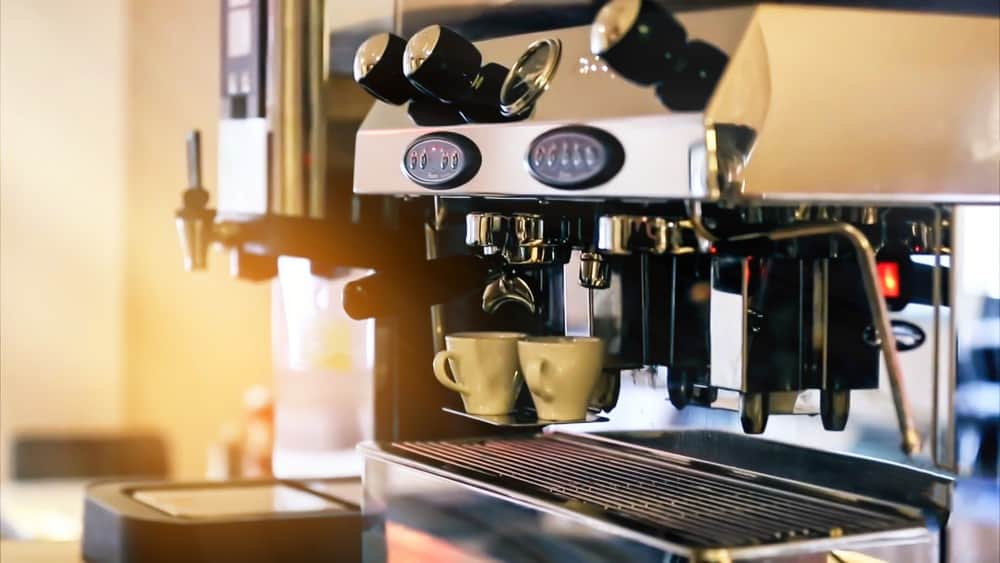
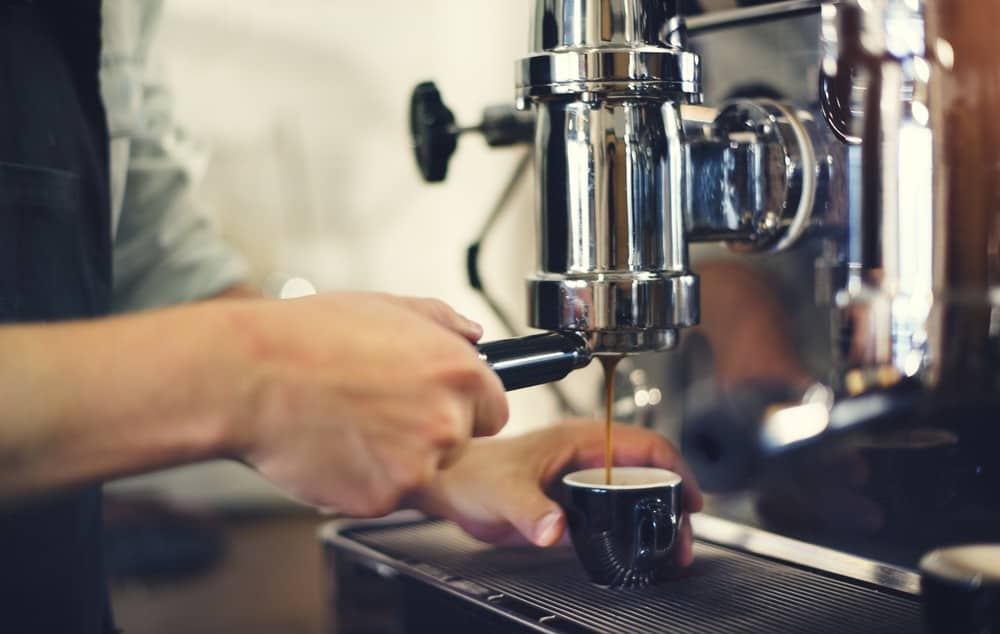
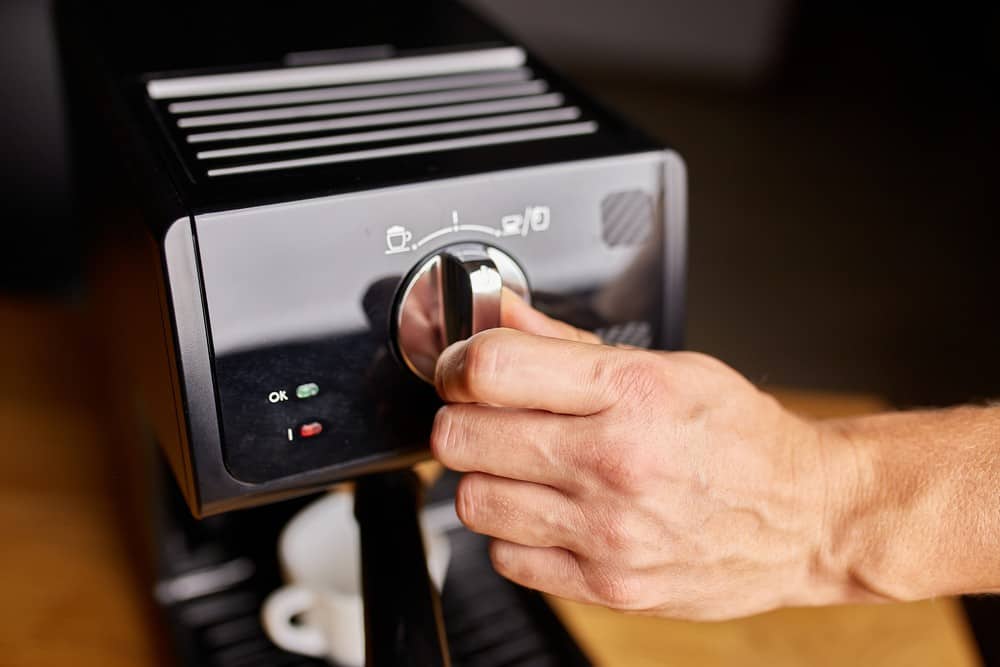
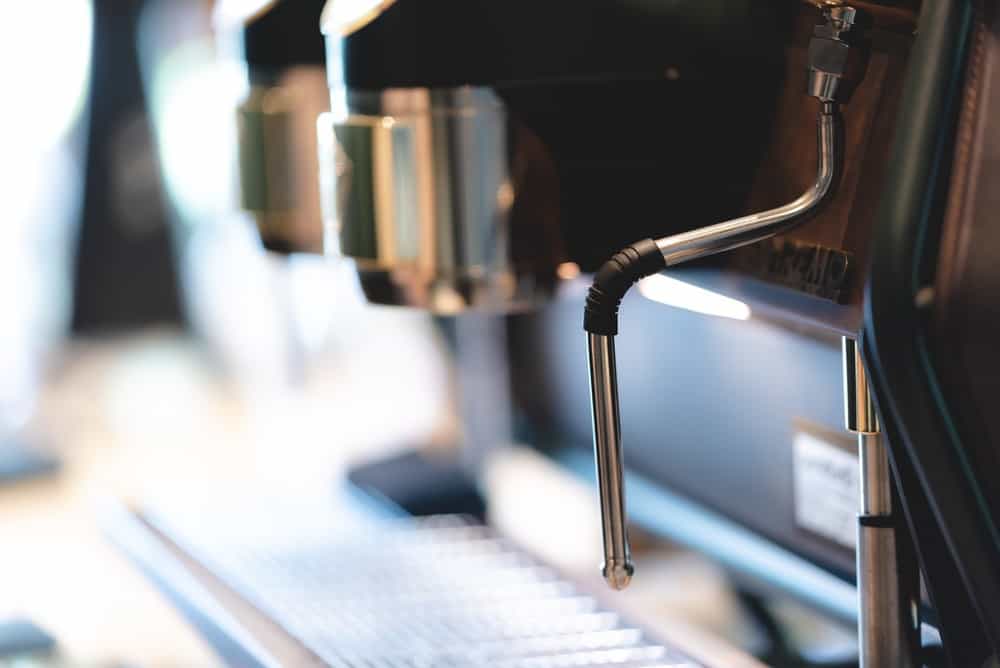
![Best Keurig Alternatives in [year] 27 Best Keurig Alternatives in 2025](https://www.gadgetreview.dev/wp-content/uploads/best-keurig-alternative-image.jpg)
![Best Semi Automatic Espresso Machines in [year] 28 Best Semi Automatic Espresso Machines in 2025](https://www.gadgetreview.dev/wp-content/uploads/best-semi-automatic-espresso-machine-image.jpg)
![Best Coffee and Espresso Makers in [year] 29 Best Coffee and Espresso Makers in 2025](https://www.gadgetreview.dev/wp-content/uploads/best-coffee-and-espresso-maker-image.jpg)
![Best Kitchen Appliances in [year] ([month] Reviews) 30 Best Kitchen Appliances in 2025 (December Reviews)](https://www.gadgetreview.dev/wp-content/uploads/best-kitchen-appliances.jpg)
![Quietest Coffee Makers in [year] 31 Quietest Coffee Makers in 2025](https://www.gadgetreview.dev/wp-content/uploads/quietest-coffee-maker-image.jpg)
![Best Prosumer Espresso Machines in [year] 32 Best Prosumer Espresso Machines in 2025](https://www.gadgetreview.dev/wp-content/uploads/71ytF6efAlL._AC_SL1500_.jpg)
![Best Single Serve Coffee Maker No Pods in [year] 33 Best Single Serve Coffee Maker No Pods in 2025](https://www.gadgetreview.dev/wp-content/uploads/best-k-pod-coffee-image-1.jpg)
![Best Coffee Makers for Hard Water in [year] 34 Best Coffee Makers for Hard Water in 2025](https://www.gadgetreview.dev/wp-content/uploads/best-coffee-maker-for-hard-water-image.jpg)
![Best Dual Boiler Espresso Machines in [year] 35 Best Dual Boiler Espresso Machines in 2025](https://www.gadgetreview.dev/wp-content/uploads/best-dual-boiler-espresso-machine-image.jpg)
![Best Coffee Makers for RV in [year] 36 Best Coffee Makers for RV in 2025](https://www.gadgetreview.dev/wp-content/uploads/best-coffee-maker-for-rv-image.jpg)
![Best Ninja Coffee Makers in [year] 37 Best Ninja Coffee Makers in 2025](https://www.gadgetreview.dev/wp-content/uploads/best-ninja-coffee-maker-image.jpg)
![Best Breville Espresso Machines in [year] 38 Best Breville Espresso Machines in 2025](https://www.gadgetreview.dev/wp-content/uploads/best-breville-espresso-machine-image.jpg)
![Best 5 Cup Coffee Makers in [year] 39 Best 5 Cup Coffee Makers in 2025](https://www.gadgetreview.dev/wp-content/uploads/best-5-cup-coffee-maker-image.jpg)
![Best Commercial Coffee Makers in [year] 40 Best Commercial Coffee Makers in 2025](https://www.gadgetreview.dev/wp-content/uploads/best-commercial-coffee-maker-image.jpg)
![Best Commercial Espresso Machine for a Small Coffee Shop in [year] 41 Best Commercial Espresso Machine for a Small Coffee Shop in 2025](https://www.gadgetreview.dev/wp-content/uploads/best-commercial-espresso-machine-small-coffee-shop-image.jpg)
![Best Coffee for Moka Pot in [year] 42 Best Coffee for Moka Pot in 2025](https://www.gadgetreview.dev/wp-content/uploads/best-coffee-for-moka-pot-image.jpg)
![Best USA Made Coffee Makers in [year] 43 Best USA Made Coffee Makers in 2025](https://www.gadgetreview.dev/wp-content/uploads/best-usa-made-coffee-makers-image.jpg)
![Fastest Coffee Makers in [year] 44 Fastest Coffee Makers in 2025](https://www.gadgetreview.dev/wp-content/uploads/fastest-coffee-maker-image.jpg)
![Best SCAA Certified Coffee Makers in [year] 45 Best SCAA Certified Coffee Makers in 2025](https://www.gadgetreview.dev/wp-content/uploads/best-scaa-certified-coffee-maker-image.jpg)
![Best Smart Coffee Makers in [year] 46 Best Smart Coffee Makers in 2025](https://www.gadgetreview.dev/wp-content/uploads/best-smart-coffee-maker-image.jpg)
